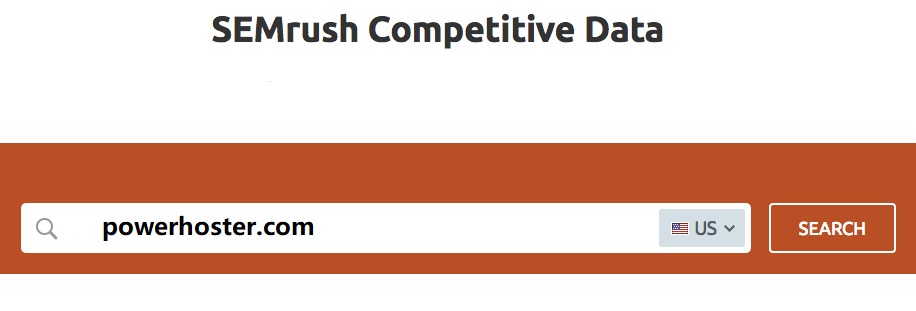Why competitive analysis is important
SEO competitive analysis is critical because it gives data about which tactics are working in the industry we are in and what we will need to do to start improving our keyword rankings.
The insights gained from this analysis help us understand which tasks we should prioritize and it shapes the way we build out our campaigns. By seeing where our competitors are strongest and weakest, we can determine how difficult it will be to outperform them and the amount of resources that it will take to do so.
How to Identify your competitors
The first step in this process is determining who are the top four competitors that we want to use for this analysis. I like to use a mixture of direct business competitors and online search competitors, which can differ from whom a business identifies as their main competitors.
Usually, this discrepancy is due to local business competitors versus those who are paying for online search ads. While your client may be concerned about the similar business down the street, their actual online competitor may be a business from a neighboring town or another state.
To find search competitors, I simply enter my own domain name into SEMrush, scroll down to the “Organic Competitors” section, and click “View Full Report” and you will get your keyword and its competitors.
Your top SEO competitors are the ones who rank in the first search page of the keywords you’re targeting, regardless of whether they’re your business competitors.
If you operate in multiple niches, you may even have distinct lists of competitors for each service you offer with little-to-no overlap between them.
Fortunately, finding out who your competitors are is as easy as entering your top keywords into Google and writing down the domains of your main competitors (or entering your keywords into your competitor analysis tool and letting it do all of the heavy lifting for you).
Even if you’re using a tool, it’s in your best interest to monitor the SERP landscape you’re entering into (e.g., if your target keyword is dominated by videos, you probably want to think about creating video content to compete).
Pay special attention to competitors occupying local packs and the position zero too – you should definitely compete for these coveted spots!
Before you begin analyzing specific link building strategies or on-page SEO, it’s a good idea to assess the strength of your SEO competitors.
While you can theoretically beat out any competitor in any niche and for any keyword, the amount of resources it would take for some keywords renders them unfeasible.
Use your competitor analysis tool to look at your competitors’ total domain strength and then analyze specific factors, such as:
- Domain authority.
- Domain country and age.
- Indexing in search engines.
- Catalog listings.
- Backlink data.
- Alexa rank.
- Traffic volumes.
- Social signals.
Write down the information and look for any weaknesses that you can turn to your advantage.
The higher the difficulty of a target competitor, the stronger their SEO, and the harder it will be to outrank them.
Focus on competitors with lower overall scores ranking well for niche keywords.


Tagged: Alexa rank, Backlink data, business competitor, Domain Authority, SEO Competitor, SERP
Why competitive analysis is important SEO competitive analysis is critical because it gives data about which tactics are working in the industry we ar
[See the full post at: How to Identify Your SEO Competitors]
How to Identify Your SEO Competitors
Related posts:
Related posts: